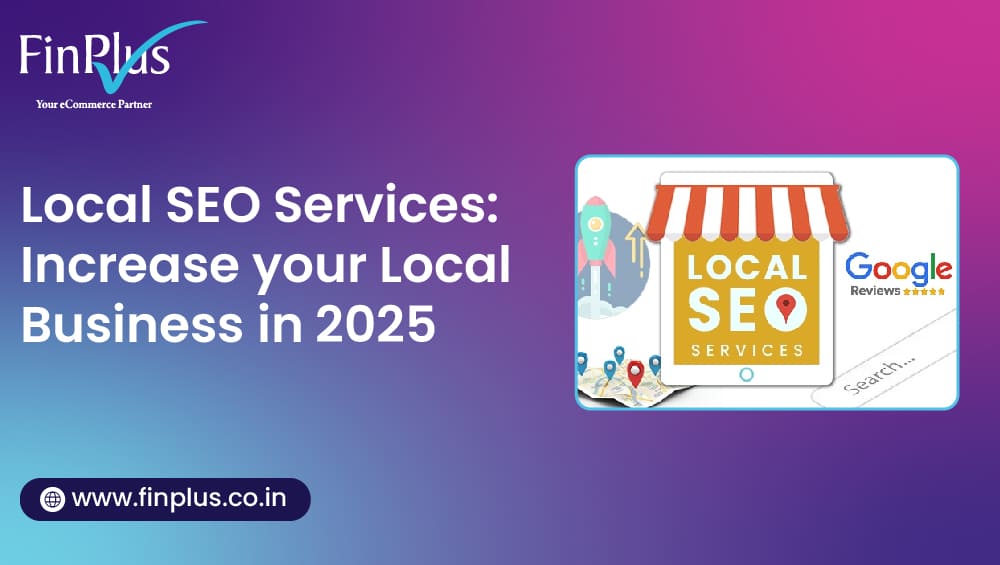
4 FACTORS TO CONSIDER WHEN YOU OPTIMIZE YOUR WEBSITE
A lot has changed in the past decade in the ever changing world of digital marketing. Gone are the days when Google would use 200 ranking factors to determine your website’s ranking and in order to stay ahead of your competition (which has increased 10 folds) you need to keep up with the latest happenings.
Nonetheless, there is light at the end of the tunnel. Just because there is a new way of doing something, doesn’t mean that it is useful.
Point being, if you want your website to rank high, it needs to be optimized.
So don’t sweat it, because this article will take you through what these 4 factors are, and what is involved in optimizing each.
Make It Responsive
Change in times call for change in strategies. That being said, an estimated 60% of internet surfers are surfing the net from their hand held devices such as mobiles and pads. It is imperative for you to make your website responsive and mobile friendly.
Here are some key points to keep in mind when making your website mobile friendly:
– Make your website adaptable and user friendly to any devices
– whether it’s a laptop, smart phone or tablet.
– When using a responsive design, always scale your images especially for mobile users.
– Keep your meta titles short, it’s easier for mobile users to read.
– Avoid any pop-ups covering your content. Your content should be clearly visible to the visitor.
– Less can be more on mobile. Long-form content in a mobile-first environment does not automatically correlate with more traffic and better rankings.
– Just because you’re catering to smart phone users, doesn’t mean you need to cloak. Whether the visitor irrespective of the device, when reads your be presented in the same manner.
Implement Seo Best Practices
One of the most important and at times intimidating factors to perform an SEO audit is getting the right data and understanding what to do with that information.
Thankfully, an SEO audit is no longer a challenging activity, because of the many SEO resources available.
However, the trick is to know how to view the given data and what to do about it.
You should checklist the following:
– Make your website mobile-friendly.
– Search and fix status code errors.
– Test robot.txt errors and optimize them.
– Check the indexing of your site via Google Search Console and correct issues if you find ant.
– Remove any duplicate title tags, and meta tags.
– When auditing your website’s content, check the traffic stats in Google Analytics Test and improve underperforming content.
– Fix broken links as they hinder with the overall user experience and hamper the website’s ranking.
– Go to Google Search Console and submit your XML sitemap.
Metric Matters
A regular check on website’s metrics and re-strategizing accordingly ensures your website’s positive performance consistently. The overall goal is to provide the best experience for consumers.
So, starting in 2021, another ranking factor which will be included in Google’s core algorithm is the “Page Experience” signal.
According to Google, your page’s loading speed, interactivity and how visually stable the content on your web page are the cornerstone of the 2020 Core Web Vitals. These metrics focus on a unique characteristic of the overall user experience whose outcome is measurable and quantifiable.
And how do you go about measuring these core web vitals?
Check out these tools:
– Page Speed Insights: measures both mobile and desktop performance, and provides enhancement recommendations.
– Lighthouse: Developed by Google, this is an open-source, automated platform created by Google to help developers improve the quality of their webpages.
– Search Console: A Core Web Vitals report that shows URL performance which is grouped by status, metric type, and URL category is now included in Google’s search console.
Seamless User Experience
The main aim of implementing the best user experience practices is to improve the quality of the user experience and make it more user friendly. User Experience ( UX) focuses on gaining insight into users, their requirements, abilities, restrictions and at the same time takes into consideration their business goals and objectives.
Some of the factors that influence UX are:
– Usefulness: Content must be original and it must fulfill a need.
– Usability: Your website needs to be user friendly and easy to navigate.
– Desirability: Elements of your design and brand should elicit emotion and should be appreciated by the audience.
– Easy to search: Your website should be simple and easy for users to find the information they seek.
– Accessibility: Your content needs to be available to anyone and everyone.
– Credibility: The website needs to have goodwill for people to believe you.
– Worthiness: The website needs to provide value for the user in terms of experience, and for the business.
So, there you have it, these are some of the key factors you need to consider when optimizing your website. It is easy to get overwhelmed with all the information out there leaving you scratching your head about how to go about it.
Irrespective of what you read, just concentrate on these 4 factors when you optimize your website and you’ll set yourself up for success.
If you need expert help or want more advice on other ways to increase your website’s SERP and attract more traffic to your website, feel free to contact us.
Why us?
Because, at FinPlus Business Solutions, we have a team of SEO experts who are not only aware of the latest techniques, but have over time learnt which ones are relevant and which ones directly affect your website’s ranking. From helping our clients to consistently improve the ranking of their website on leading search engines to growing their traffic to 150% within a span of 3 months, our SEO experts are capable of doing things considered impossible.
Get noticed, drive the traffic you always dreamt of, and improve your website’s overall ranking with our SEO services starting at Rs. 15,000/- only, per month.





